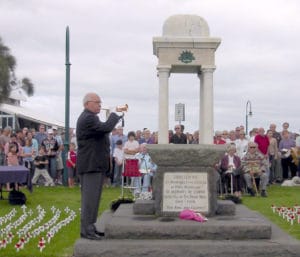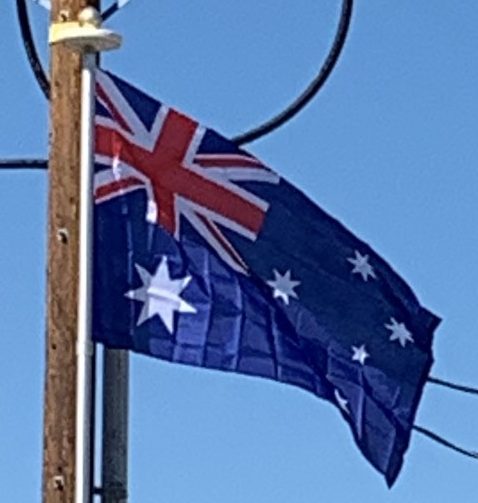A gold rush began in Australia in the early 1850s and the Eureka Rebellion against mining licence fees in 1854 was an early expression of civil disobedience. Between 1855 and 1890, the six colonies individually gained responsible government, managing most of their own affairs while remaining part of the British Empire. The Colonial Office in London retained control of some matters, notably foreign affairs, defense, and international shipping.
Nationhood:
On 1 January 1901, federation of the colonies was achieved after a decade of planning, consultation and voting. This established the Commonwealth of Australia as a dominion of the British Empire. The Federal Capital Territory (later renamed the Australian Capital Territory) was formed in 1911 as the location for the future federal capital of Canberra. Melbourne was the temporary seat of government from 1901 to 1927 while Canberra was being constructed. The Northern Territory was transferred from the control of the South Australian government to the federal parliament in 1911.
In 1914, Australia joined Britain in fighting World War I, with support from both the outgoing Commonwealth Liberal Party and the incoming Australian Labor Party. Australians took part in many of the major battles fought on the Western Front. Of about 416,000 who served, about 60,000 were killed and another 152,000 were wounded. Many Australians regard the defeat of the Australian and New Zealand Army Corps (ANZACs) at Gallipoli as the birth of the nation — its first major military action. The Kokoda Track campaign is regarded by many as an analogous nation-defining event during World War II.

Britain’s Statute of Westminster 1931 formally ended most of the constitutional links between Australia and the UK. Australia adopted it in 1942, but it was backdated to 1939 to confirm the validity of legislation passed by the Australian Parliament during World War II. The shock of the United Kingdom’s defeat in Asia in 1942 and the threat of Japanese invasion caused Australia to turn to the United States as a new ally and protector. Since 1951, Australia has been a formal military ally of the US, under the ANZUS treaty.
After World War II Australia encouraged immigration from mainland Europe. Since the 1970s and following the abolition of the White Australia policy, immigration from Asia and elsewhere was also promoted. As a result, Australia’s demography, culture, and self-image were transformed. The passing of the Australia Act 1986 ended all possibility for any vestigial role of the British government in the government in Australia and removed the already seldom-used option of judicial appeals to the Privy Council in London. In a 1999 referendum, 55% of voters and a majority in every state rejected a proposal to become a republic with a president appointed by a two-thirds vote in both Houses of the Australian Parliament. Since the publication of the landmark critique The Lucky Country (1964) by Donald Horne and the election of the Whitlam Government in 1972, there has been an increasing focus in foreign policy on ties with other Pacific Rim nations, while maintaining close ties with Australia’s traditional allies and trading partners.
Geography:
Surrounded by the Indian and Pacific oceans, Australia is separated from Asia by the Arafura and Timor seas, with the Coral Sea lying off the Queensland coast, and the Tasman Sea lying between Australia and New Zealand. The world’s smallest continent and sixth largest country by total area, Australia — owing to its size and isolation — is often dubbed the “island continent”, and is sometimes considered the world’s largest island. Australia has 21,262 miles of coastline (excluding all offshore islands), and claims an extensive Exclusive Economic Zone of 3,146,060 square miles. This exclusive economic zone does not include the Australian Antarctic Territory.
